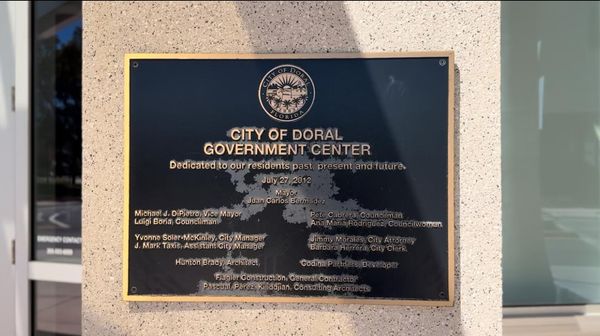
Australia’s big four banks are in “complete violation” of commitments to the Paris climate accord by funding fossil fuel expansion even as their overall lending to the sector continues to ebb, according to a new report.
The climate activist group Market Forces said in the report that the banks lent the industry $3.6bn in 2023, bringing their total loans to more than $61bn since 2015. Last year, though, was first year in the past eight that banks avoided explicitly backing a new or expanded fossil fuel project.
Of the big four, ANZ has lent the most to the sector with its total exposure topping $20bn in early 2024. NAB was the largest lender in 2023 with $1.4bn advanced.
CBA offered the least last year with $271m in finance but Market Forces said it is lending to the APA Group that is planning pipelines for the Beetaloo gas project, which has been labelled a “carbon bomb”. Westpac had the smallest fossil-fuel financing during 2016-23 at about $10bn but had lately stepped up support for gas projects in Asia along with the ANZ.
“Whilst the general trend that fossil fuel lending is coming down is certainly pleasing, it’s really concerning to see funding is still going to companies with fossil fuel expansion plans,” Kyle Robertson, a Market Forces analyst and report author, said. Such activity was “just a complete violation of their commitments to Paris, and it’s something that needs to change rapidly”.
Global temperatures in June capped 12 consecutive months at 1.5C above preindustrial levels, the lower end of the 1.5C-2C Paris climate limit.
While that near-term rise was enhanced by an El Niño event in the past year, the warming trend indicated the remaining carbon budget to ensure temperatures remained sustainably within the Paris target was “running out”, BP said last week in its 2024 energy outlook.
One change since 2015 has been a drop in support for financing coal among Australia’s biggest banks. For instance, Whitehaven, Australia’s largest “pure play” thermal coalminer, was last year refused refinancing for a $1bn loan by NAB and Westpac in what Robertson described as “an encouraging development”.
“I think you can say that the thermal coal industry is firmly on its way out,” he said. “Banks around the world are generally trending away from it and financing coal less and less, but with that comes an increasing concern around the role of gas.”
Australian banks have been supporting the expansion of gas with loans to companies including Woodside and Santos for local projects and also ventures in gas-importing nations in Asia such as Bangladesh and Vietnam, Market Forces said.
The bank activity has tended to shift away from loans for specific projects to bond sales and also “general corporate finance”, the report said. “Over half of ANZ’s bond financing [in 2023] went to companies with coal, oil or gas expansion plans.”
Last year, about 38% of fossil fuel financing was in the form of bonds. “[Bonds] can be a way that [banks] can continue to fund these companies or arrange finance for these companies and keep them as clients even when they’re not showing up exactly on their books,” Robertson said.
About 98% of funding last year by the banks to the industry was “general corporate finance”, up from 60% to 70% previously.
The shift has “come off the back of the banks making a lot of exclusions on new and expanded fossil fuel projects that they’ve said they’ll no longer provide project finance for,” Robertson said. “As long as these companies are pursuing expansion of coal, oil and gas, it is propping them up, and it is enabling them to pursue those projects.”
Robertson said Market Forces shared its data with the four banks.
An ANZ spokesperson said “while we have significant questions about the methodology of the report we are not surprised to be mentioned given we are the largest domestic lender to Australia’s energy sector”.
“It’s important to remember this is the most carbon-intensive part of our economy and financing its transition to net zero will require significant capital,” the spokesperson said.
“It’s important also to note that our financed emissions included in our emissions reduction pathways for the power generation, oil and gas and thermal coal sectors have reduced by 25%, 30% and 96% respectively, between 2020 and 2023.”
Guardian Australia also approached the other three banks for comment.







